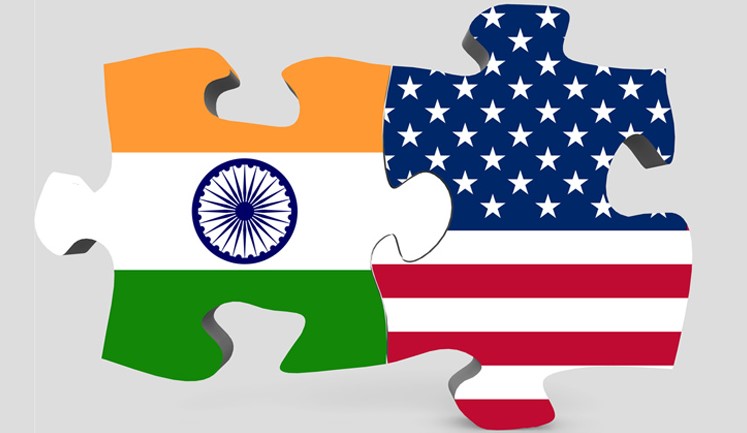
Risk is less in India than in America
- July 13, 2024
- 0
In contrast to the volatility in the US markets and macro data, India has been a beacon of stability. When compared to the US.
Inflation is gradually cooling, but is still above target, while food inflation remains an upside risk.
Growth is a story of the glass half full or half empty. Headline GDP (gross domestic product) numbers are strong, but beneath the surface, weak private consumption and softer private investment remain concerns.
Global risk factors – last mile inflation, a higher-for-longer Fed, geopolitical uncertainty, protectionism and oil prices – are also the same.
Even as many things look similar, take a step back and the big picture in India looks very different.
India’s core CPI inflation has eased to below the 4 per cent headline target. Repeated food and oil price shocks have not resulted in second-round effects, pointing to an anchoring of inflation expectations.
The outcome of the general election means policy continuity, a focus on capex, productivity enhancing reforms and factor market reforms that could boost growth potential without fanning inflation.
Survey of manufacturing firms shows that India is benefitting the most in Asia from China plus one strategy, due to its large domestic market. If policy focus remains on improving the ease of doing business, the full benefit through higher exports should become visible.
A faster pace of fiscal consolidation, continued reforms and stronger growth should attract more capital inflows and could also lead to more credit rating agencies following S&P’s lead.
India’s war chest of $650 billion in foreign exchange reserves provides ample space to deal with global shocks.
India’s economic fundamentals are improving beneath the surface, which should compress India’s risk premium vis-a-vis the US.
This affords India the space to chart its own monetary policy path, without becoming hostage to the Fed. As headline inflation converges with core, the space to support a more broad-based growth recovery should open up in time.
SONAL VARMA
































































